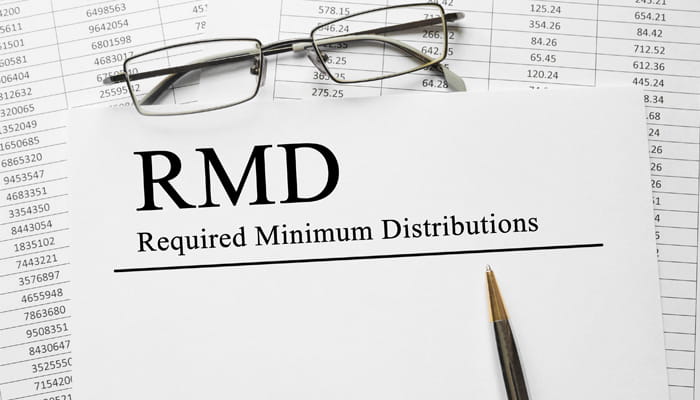
Does Your 401(k) Plan Stack Up?
Retirement plan benefits are a key factor in an employer’s overall benefit strategy. To ensure that you are not only providing a competitive plan, but also to confirm that your plan is ERISA-compliant, benchmarking on a periodic basis is highly recommended. ERISA mandates that plan fees be “reasonable,” and the only way to determine whether or not fees are “reasonable” is through a detailed benchmark study.
Have you benchmarked your 401(k) plan recently? A recent survey indicates that only 19% of small employers are very familiar with their retirement plan fees.[i]
In a tough job market, it’s no secret that finding creative ways to attract talent is top of mind for employers. Benchmarking not only takes a deep dive into overall plan costs; it provides data that should aid in recruitment and retention strategies. As new technology and offerings emerge, employer-offered retirement plans need to keep up with the advancements or potentially risk being the factor that loses a prospective employee to a company with stronger retirement plan offerings.
Some plan features employees are looking for today include:
- Better technology, such as an app that matches the actual website interface
- Full 360 payroll integration to streamline processes
- Ability to build managed accounts within the recordkeeper, including customized portfolios or ESG strategies
What data is key to evaluating whether your 401(k) plan stacks up? The top areas to review include:
- Plan Participation Rates: High participation in your retirement benefits is a good sign of a competitive plan. Additionally, if the average account balance continues to grow steadily, it’s a good indication the plan is performing well.
- Investment Rate of Returns and Fees: Strong investment performance and competitive management fees are standard requirements for any high performing plan.
- HR Support and Engagement: Most often, the reason why employers make plan changes is due to a lack of support for their HR and payroll teams.
- Technology and Enrollment Resources: The interface, security features, and external access to individual brokerage accounts are also driving factors towards a plan’s success.
- Employee Tenure: Longevity of current employees is an area that’s often overlooked. Having a long-standing number of employees who stay with an organization until retirement is great indicator of success. High turnover rate is often correlated with companies’ lack of benchmarking and outdated plan designs.
Connect with your local AssuredPartners representative to discuss plan benchmarking and the resources available to help you understand whether your retirement plan is promoting your workforce recruiting efforts.
[i] “Many Small-Business Leaders Express Limited Knowledge of Retirement Plan Fees,” 2018, pewtrusts.org

Related articles

Required Minimum Distributions (RMDs) are a critical part of retirement planning, ensuring that tax-deferred retirement savings eventually become taxable income. With the implementation of the SECURE...

As the workforce ages and caregiving responsibilities increase, long-term care (LTC) is becoming a critical issue for employers and plan sponsors. Yet, many organizations still overlook LTC in their...

As you know, the “Plan Sponsor is responsible for ensuring that its plan operates in compliance with the rules related to qualified plans.” 1 That, in turn, means, you are held accounting to the...